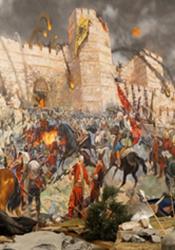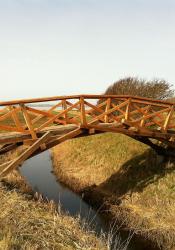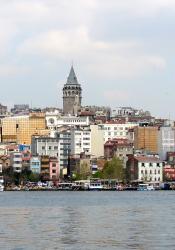Istanbul
Istanbul was formally known as Constantinople until the Byzantine Empire was defeated by the Ottoman Turks. Constantinople had been the center of Christiandom. The city had defended its boarders since ancient times with high walls and ramparts. The Ottomans were able to defeat it with the aid of cannons and onslaught from sea and land. After the fall of Constantinople, the city was renamed Istabul and has maintained the name to this day.
Parent Map
Coordinates
Latitude: 41.008237600000
Longitude: 28.978358900000
Longitude: 28.978358900000



